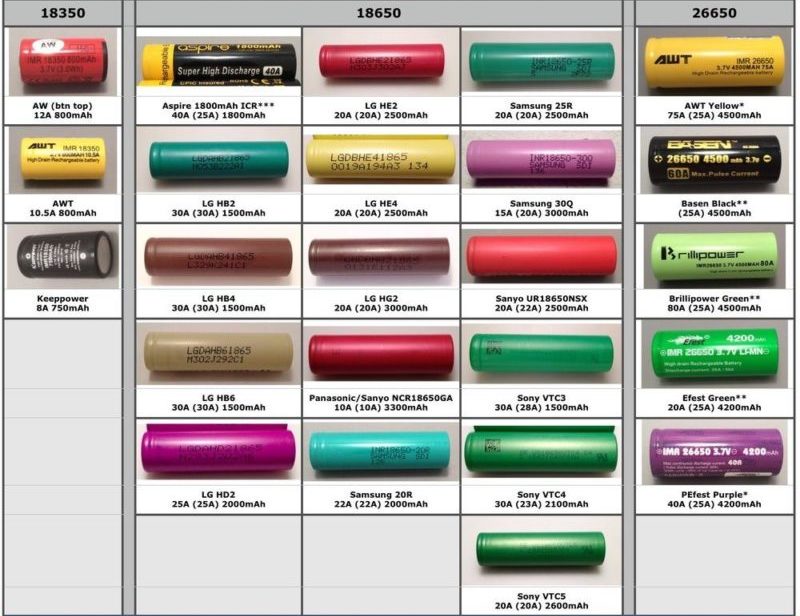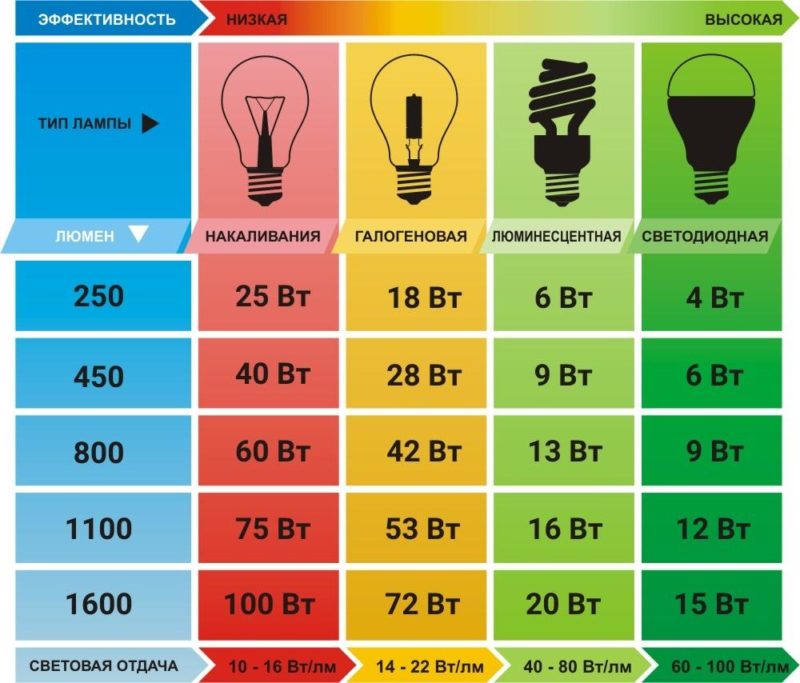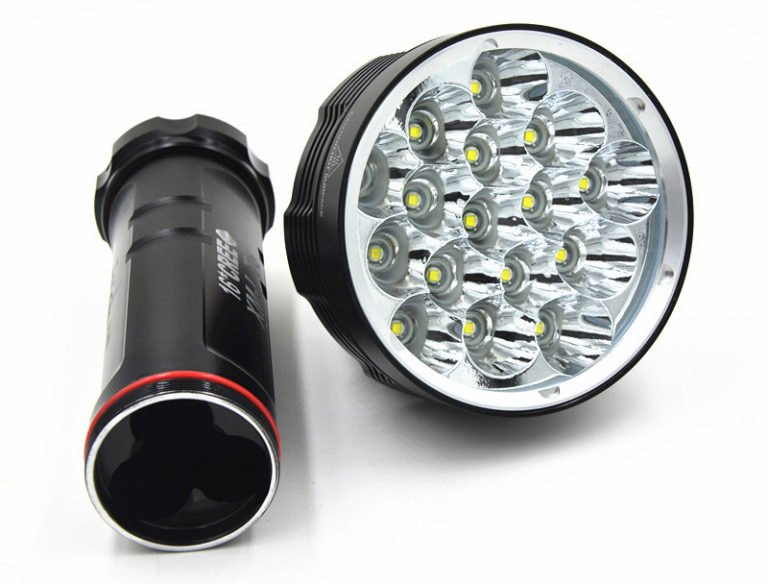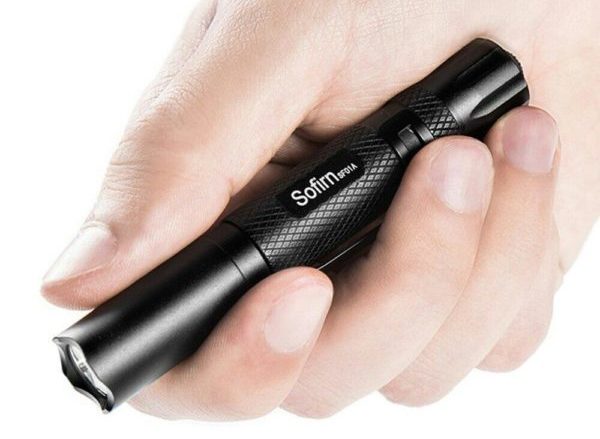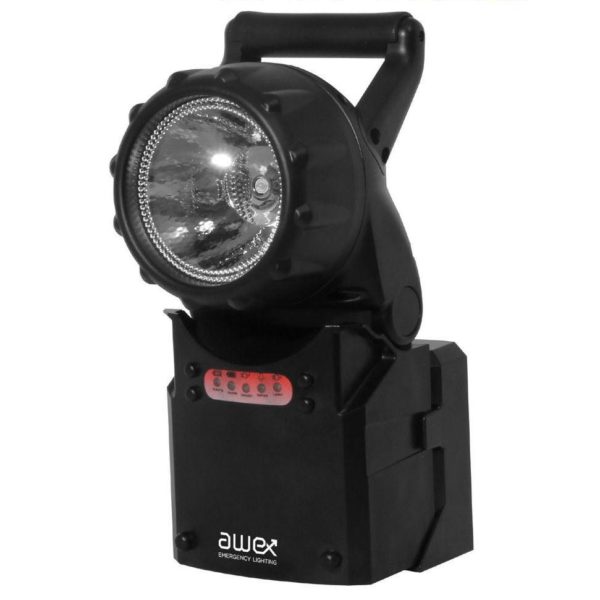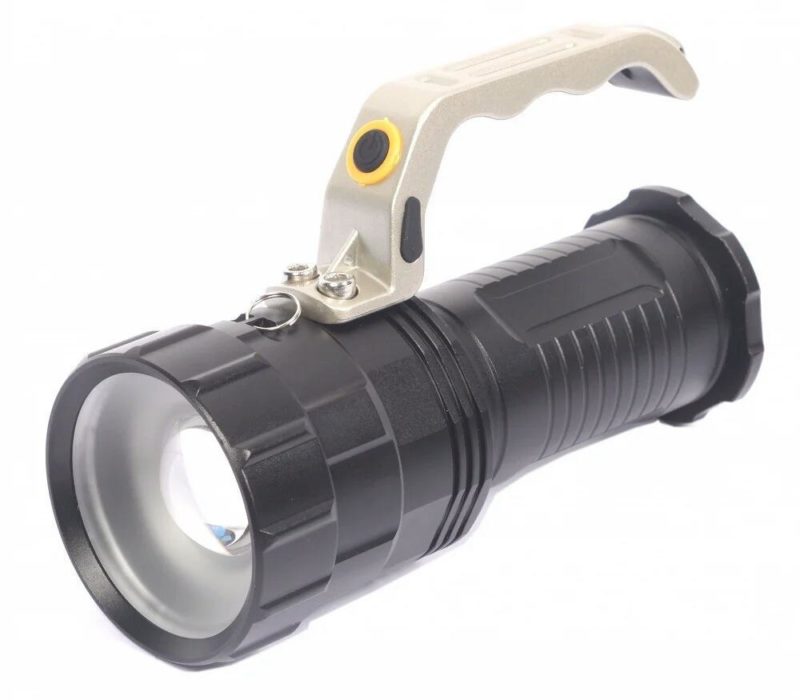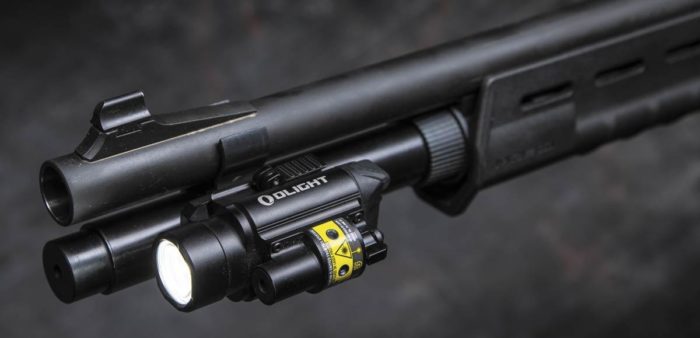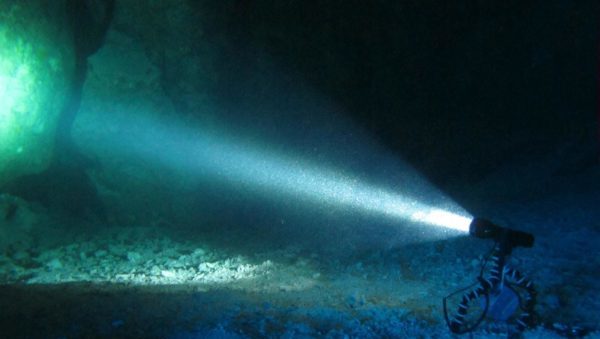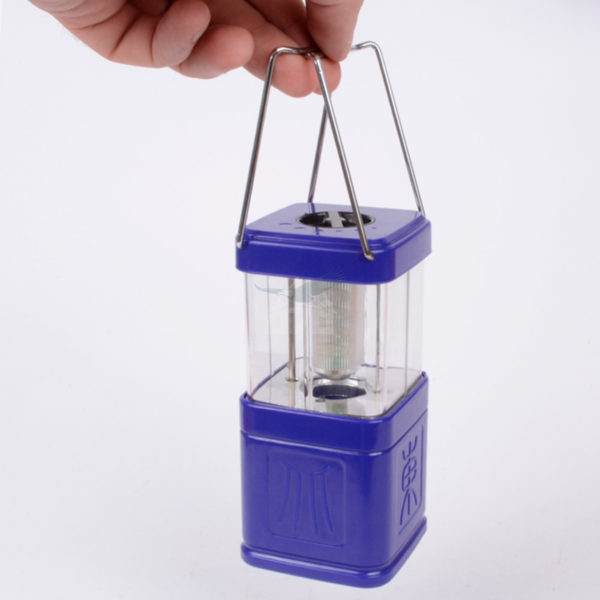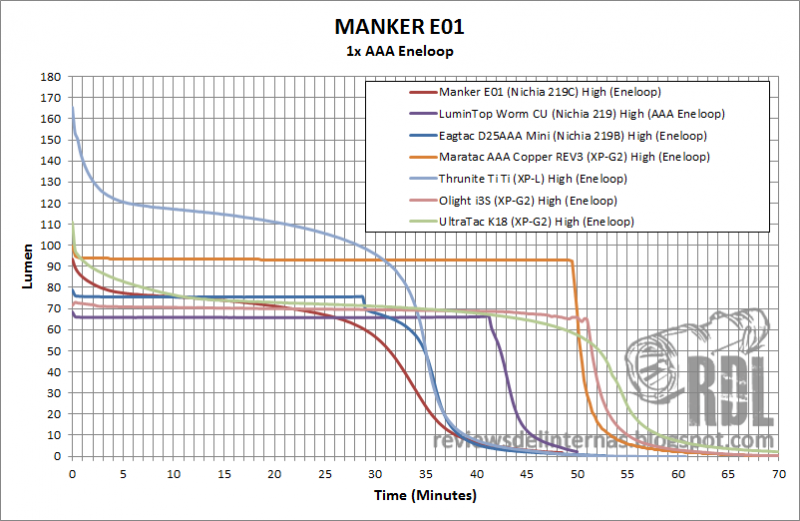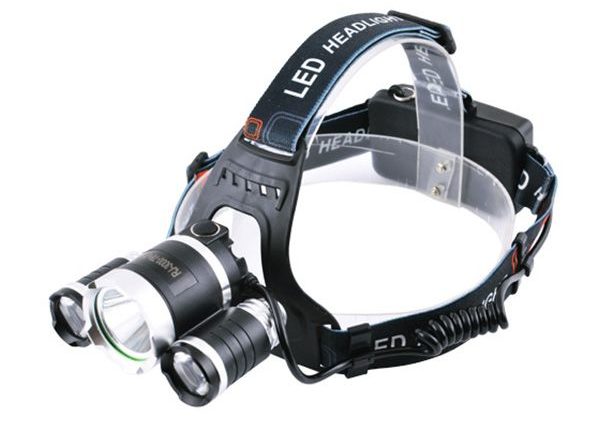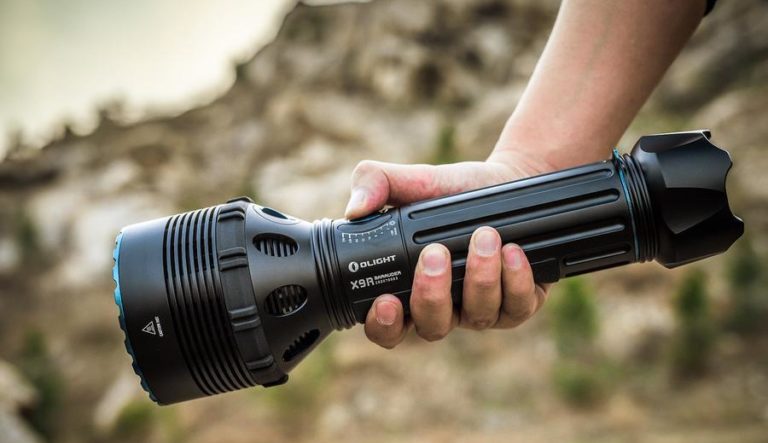Varieties of flashlights: how not to get confused when choosing
Hand-held lanterns consisting of a candle flask in an iron jar with a flap appear only in medieval films. At the end of the last century, however, many homes used wick-fired lanterns in case of power outages. The fuel for these types of lanterns was oil, kerosene or diesel, and even today vintage kerosene lanterns can still be found in everyday life in remote communities where it is not possible to buy batteries or to charge batteries stably.
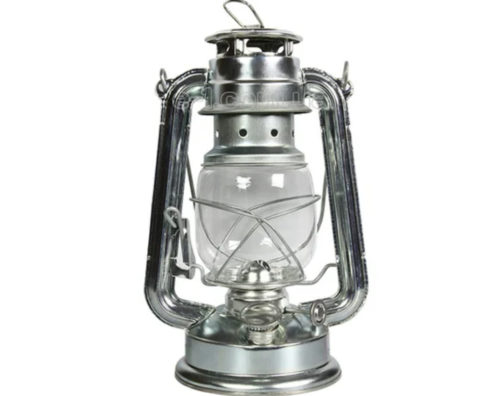
With the development of technology and its increased availability to the public, the use of outdated systems has become not only inconvenient, but also economically unprofitable. Of course, much depends on the type of device, the company, the prevalence of power sources and these points are worth exploring in more detail.
Classification by power source
Different types of modern flashlights, depending on their purpose and design, use different power sources:
- replaceable batteries;
- integrated or removable batteries;
- electric generators or their combinations with a storage unit.
The price of the device, the approach to operation, and sometimes the life of the whole depends on what the light source works on.
On batteries
The following formats of chemical power sources are most commonly used in portable lighting devices:
- Finger-type AA;
- microdroppers - type AAA;
- tablets - type LR, SR and their categories;
- Kegs - type C and D.
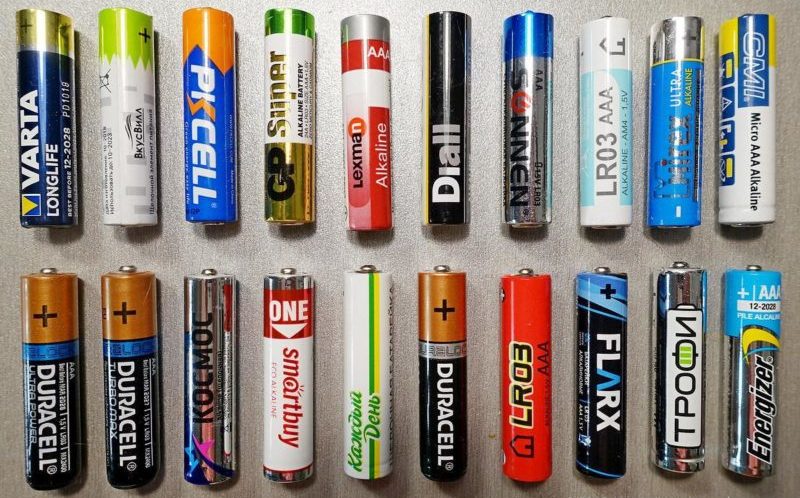
Some devices have a cartridge of the same size under the barrel with connectors for smaller batteries. By electrolyte type, batteries come in:
- Saline - low capacity, cheap and obsolete;
- Alkaline - the most common type. A compromise between durability and cost;
- Lithium batteries - with increased capacity and maximum service life.
Flashlights with non-rechargeable batteries are designed for infrequent and short-term use, since it is expensive to buy new ones all the time. However, such power sources do not run out in long storage, and the availability of batteries in most stores and supermarkets makes them the subject of choice for those who live in well-lit cities and metropolitan areas.
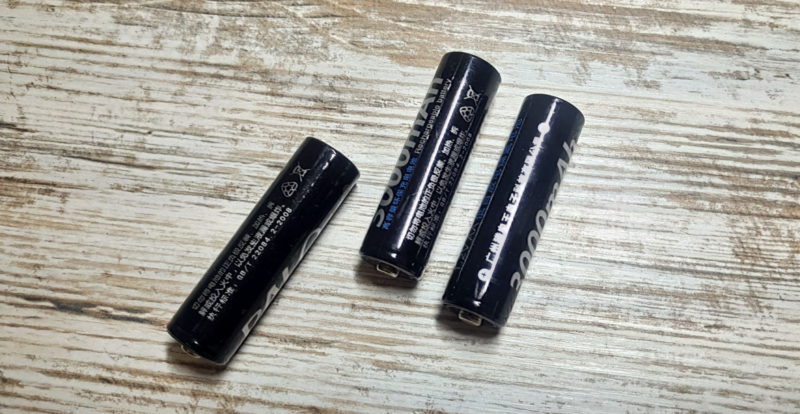
Rechargeable batteries
Occupy the main segment of the market due to their reusability. Depending on the device, there are several types of batteries. The most popular are:
- nickel-metal hydride - the safest;
- Lithium-cobalt - capacitive, short-lived, explosive;
- Lithium-ferrophosphate - relatively safe with a built-in controller. They are designed for several thousand charge cycles.
Most flashlights work with A, AA batteries as well as the common types 18650 and 16340.
Using batteries has its own challenges, such as:
- Availability of power sources for frequent recharging;
- Loss of total battery capacity after repeated charge-discharge cycles;
- loss of charge at rest;
- fire hazard of some types of devices.
In flashlights with an integrated battery it can only be replaced after its expiration date or exhaustion by a service center. Independent replacement is associated with difficulty in finding the original type of battery or selecting an analog, as well as knowledge of electrical engineering. The average storage life of batteries is 5 years, and the number of cycles of operation depends on the specific company.
It should be said that self-respecting manufacturers of lighting devices supply flashlights without batteries, and you have to buy them separately. In this case, most little-known firms, especially Chinese, writes unreliable data regarding the capacity of the battery they produce, and to check the real characteristics of the battery is possible only with the help of special testers after purchase. Therefore, the purchase of budget power supplies with a capacity of 5000 mAh or more does not make sense. At best they will give out half of the declared figures, and about the durability of such cells you can not talk about.
With an electric device
Flashlights with a generator can be:
- operating by rotation of the handle, as on a manual meat grinder;
- acting by squeezing a lever, as on a spring expander.
The dynamo also has a certain lifespan, but some brand-name manufacturers claim that their generators can generate alternating current for 70,000 hours of continuous operation. Experience with some samples does show that they are virtually forever. The disadvantage of generator flashlights is that you have to do work to maintain the glow, which takes your hands.
As soon as the rotation stops, the light goes out. Manufacturers have solved this problem by putting a storage battery in the device. Thus, a few minutes of rotation of the handle provides several minutes of glow. This makes it possible to make short-term manipulations with the hands and maintains a stable level of glow without a dip in amplitude. Some models are equipped with a USB output for charging cell phones, which makes them indispensable for camping, where there is no access to electricity, and the climate does not allow the full use of solar panels.
Types depending on the source of light
The second, but no less significant factor determining the effectiveness of mobile lighting devices is the lamp. Technical solutions have moved towards increasing the range and brightness of the luminescence, as well as the duration of the light element. Leading characteristics for lamps that you need to pay attention to:
- Lumens (Lux or Lm) - the unit of measurement for the strength of the luminous flux. In order of increasing number of lumens, the range of the light beam increases;
- Kelvin (K) - unit of temperature measurement in thermodynamics. With respect to light sources, kelvins measure color temperature, with the higher the value, the cooler the color.
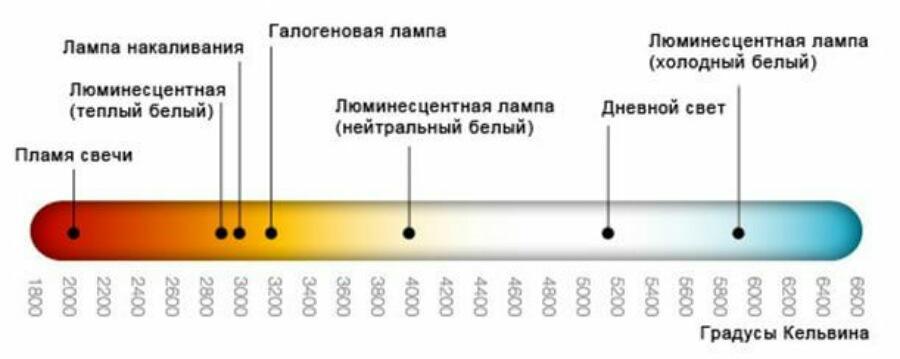
Incandescent lamp.
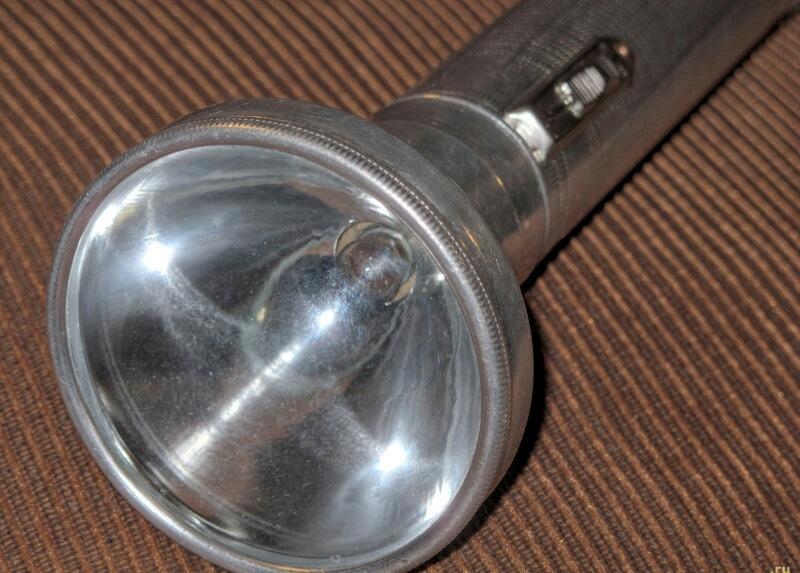
Tungsten or carbon filament in a bulb with evacuated air. An electric light source giving a yellow glow in the thermal range up to 2500 K. Incandescent lanterns are practically no longer manufactured for the following reasons:
- weak luminescence with high power consumption;
- comparatively short life span;
- mechanical instability;
- susceptibility to filament burnout with an unstable battery.
Nowadays, this type of lighting fixture is found only in obsolete mining and some emergency lights, but their replacement is a matter of time.
Halogen lamp
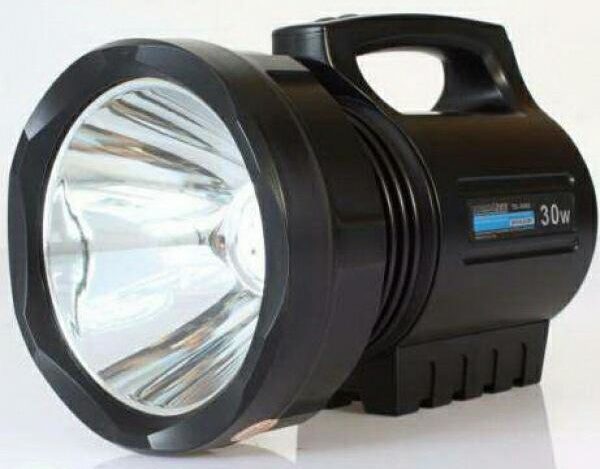
An inert gas, halogen, is pumped into the filament bulb. This allowed to achieve an increase in brightness by 30%, and to extend the life of the lamp by several times. The power consumption still does not match the required efficiency and heating of light element with power of 15 W in "turbo" mode to 300 ° C complicates and weighs the design, because the body in the reflector and the reflector itself must be heat-resistant layer of thermal insulating material.
Most handheld halogen models are bulky and weighty. Such spotlights shine brightly, but only in turbo mode, designed for a few minutes. During this time the light source reaches the peak of its temperature, and the batteries are saturated by 20-30%. Further operation of the device continues on the cooling elements of the design with a brightness of 50-60% of the original.
Xenon lamp

Operates on the principle of gas-discharge lighting devices. The main area of application is automotive lighting, and, due to good color rendering, night photography and video shooting. In portable devices zonal light shows impressive results, but the ratio between power consumption and light output allows such projectors to work 2-3 hours, depending on the type of battery. In essence, it is a hand-held car headlight. The pluses of xenon lights include:
- high power;
- natural color rendering - the spectrum of light is close to the sunlight;
- low heat.
The main disadvantages:
- low resource - degradation by 30% after 3000 hours of operation;
- cost - from $200 for a device of average quality.
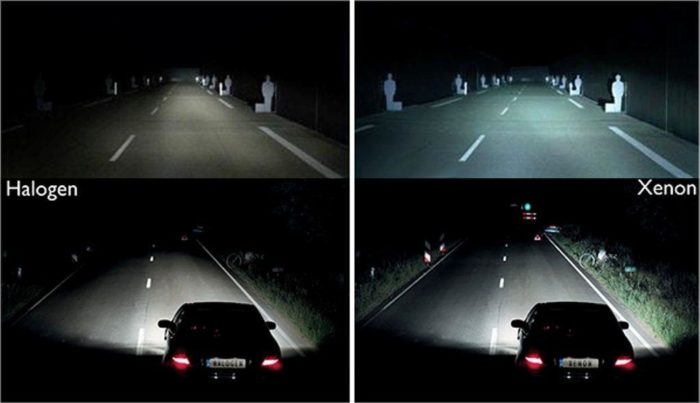
LEDs

Almost all lighting fixtures are gradually and inevitably migrating to this light source. LED elements have only two complaints:
- High heating of elements with a light output of more than 3000 lumens in devices with passive cooling, without a quality heat sink;
- Abuse by manufacturers of cold spectrum luminescence to increase the range.
The first problem is solved by increasing the weight of the design by placing heat sinks and thermal insulation. The second is still relevant, since the range of LEDs with soft light and high brightness is small, and the white-blue light from cheap LED-lamps can not distinguish the color of the illuminated objects and blinds the eyes. Otherwise, LEDs are devoid of all the disadvantages of previous generations of lamps due to availability, compactness, impact resistance and service life of 50,000 hours.
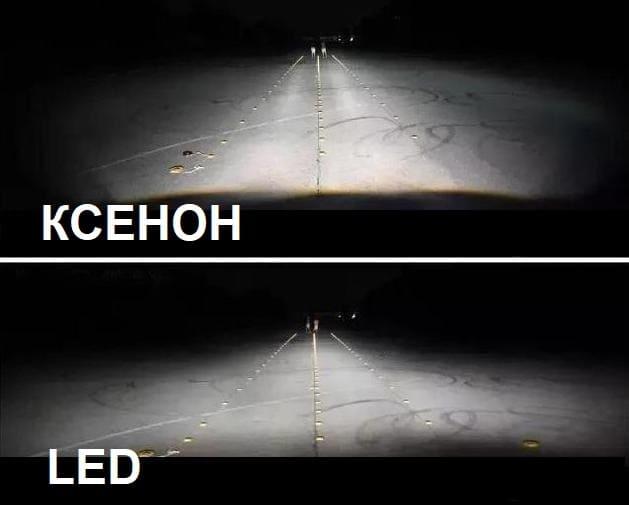
Types of flashlights depending on the purpose
1. EDC or pocket - Small, low-powered flashlights with a range of 20-25 meters. Usually run on battery-powered LEDs.
2. hiking - Shockproof and water-resistant hand flashlights or headlamps. Powered by rechargeable batteries or hand-held electric generator.
3. emergency - Waterproof explosion-proof devices which allow working in gassy areas. Stored in emergency stowages and cabinets, so powered by batteries.
4. Searching - Powerful xenon or LED spotlights with warm light in the range of 3500 K that "penetrates" through fog, rain, smoke. Sometimes weigh up to 3 kg and are battery powered.
4. security - are a baton, sometimes combined with a stun gun.
5. Tactical - Compact devices with attachment to the receiver or barrel of the firearm. Resistant to the strong recoil of large calibers, have a remote button on a wire attached near the handle.
6. Diver's - Sealed, with a lamp that "penetrates" through the muddy water.
7. Miners' - Explosion-proof headlamps with high-capacity battery.
8. Camping - Camping lights with 360° light, resistant to temperature fluctuations. Mounted on a base, held with a magnet or suspended from a rope.
Choosing the right lantern
When choosing any lantern, the main attention is paid to:
- assembly quality - all elements of design should be tightly fitted, have no chips, cracks, backlash, do not rattle when shaking;
- the package - self-respecting manufacturers do not load a lot of "useful things" into the box with the device;
- Compliance with the declared characteristics - checked with a luxmeter and testers.
Often the luminous intensity values specified by the manufacturer correspond to the figures in turbo mode. Serious brands make a footnote that, for example, their product gives 4000 Lux with a drop to 2800 Lux after 3 minutes of "turbo" mode.
The best color rendering and "breakthrough" values lie in the temperature range of 3500-4000 K. Models with these characteristics are preferred by rescuers and searchers.
Topical video: How to choose flashlights.
Leaders in production
ArmyTek
A Canadian company with factories in China. The designers of the organization, who worked in the space industry in the past, gave priority to Led lamps and versatility. Most samples come with or can be purchased separately to mount the flashlight on a bicycle, head, backpack, even on the hood of the car with a magnet.
Recommended for viewing: The coolest flashlight ArmyTek
Bosch .
German quality that's virtually flawless. Most Bosch flashlights are handheld and headlamps, designed to work on construction and repair sites, with high levels of dust and vibration.
Energizer
A company from the United States, which began its journey by producing power sources. Betting on high technology. It produces models with wireless charging, touch control and "smart" switching on by hand.
ERA
Domestic manufacturer of lighting fixtures. The company made a bet on economy and reliability that allowed to fulfill the government orders for the Ministry of Defense of Russia. The assortment is not wide but the company has already filled the main niche of the market with quite competitive models.
Fenix .
It is probably the only Chinese brand that deserves attention. The company was one of the first to give a two-year warranty on products. Some of the components, including LEDs, the organization buys from the United States and Japan.
Kosmos
Chinese budget segment. The quality is noticeably inferior to most competitors, but the prices of the products are quite democratic.
Led Lenser
German brand with facilities in China and Taiwan. It has several patents on its own technological inventions, including the method of rapid focusing of light. It is designed for hikers and fans of extreme sports.
Maglite
An American legend. Along with LEDs, it continues to produce bulb samples. The range does not include headlamps. The main feature of the company is the ability to quickly change the body and convert the hand-held flashlight into a camping light. The reliability of the products is close to eternal.
Metabo
German manufacturer of building tools. Lighting devices are represented in most of the additions for carrying out work at night. In this segment - the main competitor Bosch.
